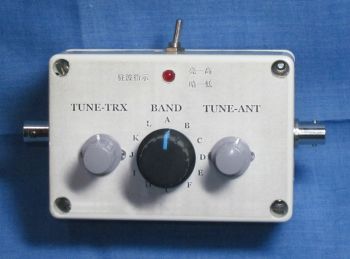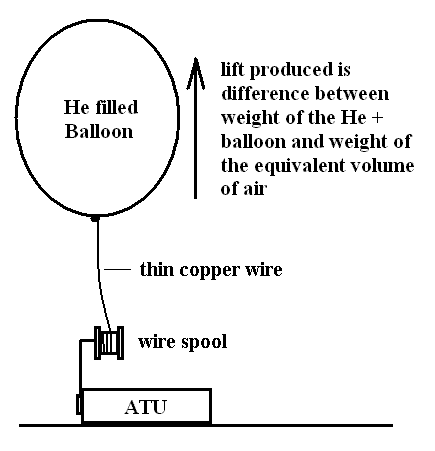Antennas
I live in Aale, a small village northwest of Vejle, near Gudenåen, where I (we) live for rent.
I have been lucky that I have been allowed to set up a few antennas. Unfortunately, the ground is a bit of a challenge, with a long narrow garden, so an end-fed antenna has been the only solution.
On my new address, as seen in the picture, I had a lot of issues with high SWR, from 160m to 6m the SWR was between 8 and 17, not what I would call useful. I solved it by moving my antenna away from my house. That meant that I had to put up an end-feeded antenna instead of a Windom antenna, I feed the antenna via an 6m Alu pipe near my house and a 10m fibre-telescope pole in the middle of my garden. The rope in the other end of the antenna, is just thrown over a branch in a tall tree, about 8 feet up, and at the end I have tied a counterweight which keeps the antenna tight. This means that my SWR at the worst frequency range place is around 2.97, unfortunately the 80m band, but the rest of the bands are at approx. between 1.1 and 1.7
On my former location I must admit that I felt welcomed. While I raise the antenna mast. I'm talking to the neighbour who talks with interest, his little brother has previously been active at 11 meters. And before I finished, another neighbour had passed by, he had also previously been a radio amateur.
It was then my prejudice that was spoiled. About prejudiced neighbours who do not like antennas in their view.
My Windom FD4 wire antenna was mounted diagonally on the ground as an inveterate-V even though it is asymmetrically born, and even more asymmetrically suspended (as there happened to be room in the garden) although it is certainly not optimal. To work it out well, in the first listen attempt, there was hole through from Peru.

Still with a transient protection on the feeder line, which in addition to diverting overvoltage to ground. Also provides a better HF ground.
After reading a few of these guides:
ARRL Handbook chapter 1: "Safety First"
ARRL Handbook chapter 3: "The Effects of Ground"
Grounding Systems in the Ham Shack
Antenna System Grounding Requirements
Balloon antenna
Construction project in the making ...
The tank is, a paint roller, with coiled antenna wire in which a pair of balloons are tied, with balloon gas (or equivalent).
According to my calculations of the weight of transformer wire, 2 pcs 11 "balloons, should be able to keep 100 meters of transformer wire flying for 18 hours.
In my first attempt, I have found that the antenna is best if it is windless, if it is not going to be a horizontal antenna.
In connection with this, a Chinese QRP antenna tuner is installed, a small DIY project, which is traded for approx. 12 USD, slightly depending on the price, you can keep the price below 80 DKK.
Grounding is the alpha and omega, if nothing else, then for my own safety. due to the voltage that can build up in the air, just think of the balloon antenna as a high lightning conductor.
I have talked to the Danish Transport Authority, if you stay below 100 meters, and away from airports, they have no problems with the antenna.
Find more inspiration about antennas here >>
PT is the first challenge that a vertical antenna, may be good to transmit with, but are at the same time QRM magnets. So possibly it ends up being used as a TX antenna, combined with an efficient horizontal RX antenna.
My biggest experience, as shown in the video, is windy conditions and balloon antennas is not the best combination.

